Phonological Awareness Worksheets Results
Phonological Awareness
Phonological awareness should be integrated in all learning activities. Isolated phonics worksheets/ workbooks are not an effective way to teach phonological awareness. Classroom Activities - Use a variety of activities to orally recognize, hear, identify, and make and break words into parts: • Rhyming games such as memory, bingo, rhyme
https://url.theworksheets.com/2q5c213 Downloads
Preview and Download !
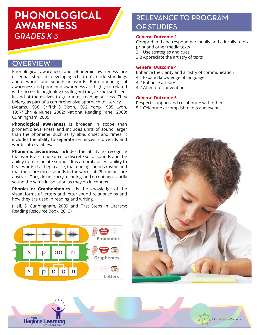
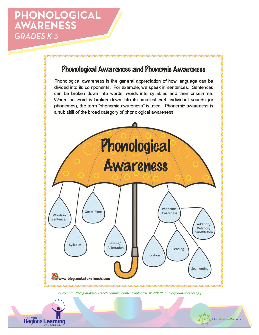
CHAPTER 2: PHONOLOGICAL AWARENESS
between phonological awareness and success with reading and spelling. Phonological awareness is the area of oral language that relates to the ability to think about the sounds in a word (the word’s phonological structure) rather than just the meaning of the word. It is an understanding of the structure of spoken
https://url.theworksheets.com/3os4120 Downloads
Preview and Download !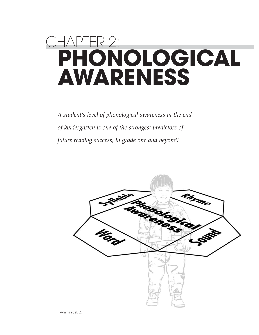
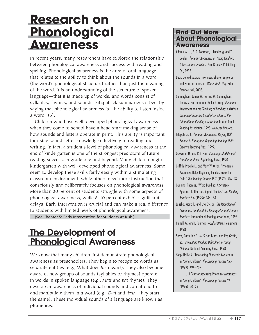
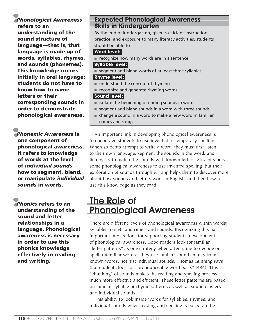
Phonological Awareness Worksheet #1
delays are at risk for reading problems. A good foundation in phonological awareness skills can help combat that. Instructions: The following worksheets are presented in order from easiest to hardest. Start with the first worksheet and stay there until the child is consistently able to complete all of the activities on the worksheet.
https://url.theworksheets.com/3pqf124 Downloads
Preview and Download !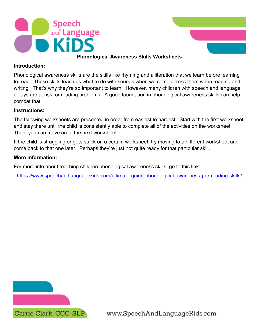
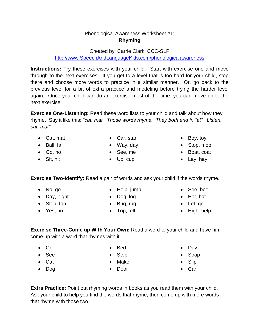

Phonological Awareness Pack - Hertfordshire County Council
• Phonological awareness needs to be continually taught and referred to when developing reading and spelling skills. - There is a general feeling that once a child has begun to read and spell that phonological awareness is embedded and does not need to be revisited. - However, if a child is having difficulty with making progress with reading or
https://url.theworksheets.com/3pqi315 Downloads
Preview and Download !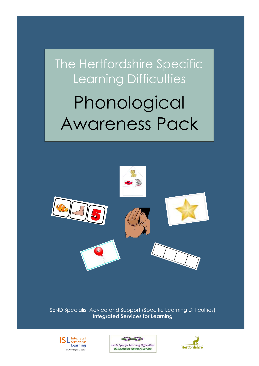
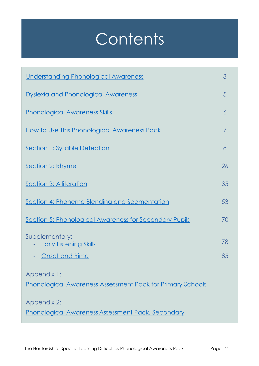
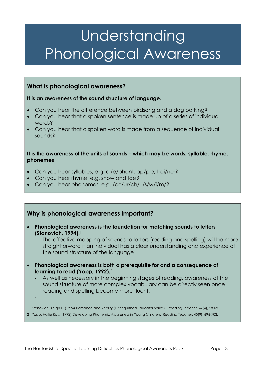
Phonological/Phonemic Awareness Activities
Adapted from Florida Center for Reading Research (2008) and Phonological Awareness Activities for Learning by Karen Bullock top of their pile. After picking a card, student one labels the object, segments the object label into phonemes, and counts the number of phonemes (e.g.,
https://url.theworksheets.com/30k794 Downloads
Preview and Download !
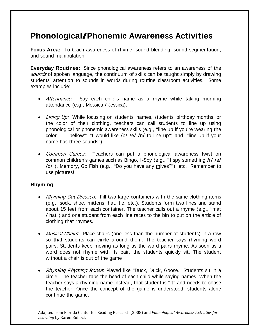
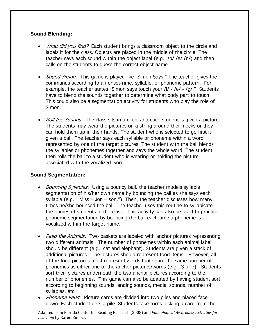
Activities to Develop Phonological Awareness
Phonological Awareness Training through the Primary School. Developing Phonological Awareness in the Infant Classes Introduction Three levels of Phonological Awareness are attended to below: syllabic awareness; onset-rime awareness; phonemic awareness. Within each section, activities are presented more or less in sequential order for teaching.
https://url.theworksheets.com/1trk119 Downloads
Preview and Download !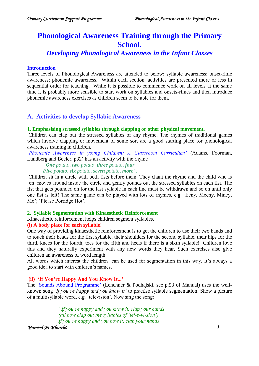

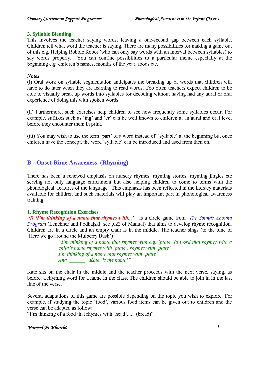
The Role of Phonemic Awareness in Developing Literacy ...
Phonological awareness has been found to have a significant and causal relationship with both early and future reading success (Gillon, 2004). Educational research covers an enormous field of issues and attempts to answer a diverse range of questions. ... One set of worksheets is exclusively for phonetics and rhyming words and their meaning ...
https://url.theworksheets.com/2ebn120 Downloads
Preview and Download !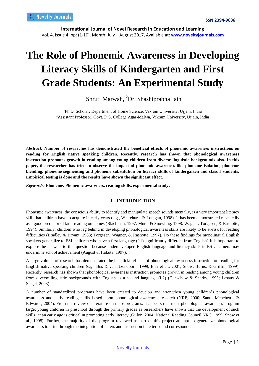
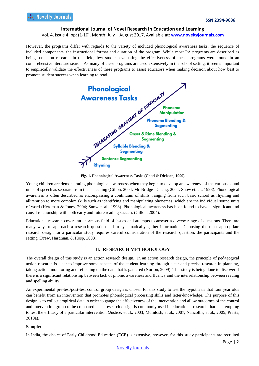
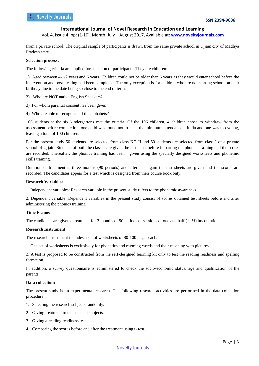
Websites/Resources for Phonemic Awareness
1 Websites/Resources for Phonemic Awareness Updated October 2011 This is not an all-inclusive list of sites as there are tons of online resources for phonemic awareness.
https://url.theworksheets.com/2ebr118 Downloads
Preview and Download !
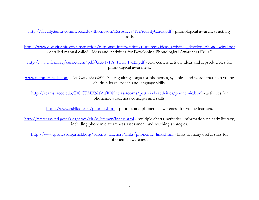

Phonological Awareness Tasks - Riverview School District
Phonological awareness involves manipulation of syllables, words, sentences, and individual sounds. Phonemic awareness is more specific. It only involves manipulation of individual sounds (phonemes). Phonological awareness is the “umbrella” term under which phonemic awareness falls. Phonological/phonemic awareness activities can be done in ...
https://url.theworksheets.com/1trq136 Downloads
Preview and Download !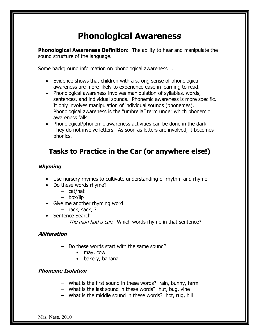
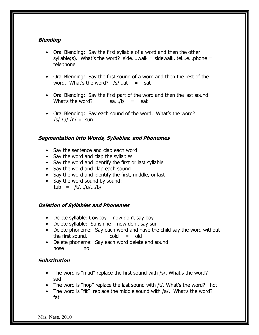

Foundational Skills Practice Strategies Kindergarten and ...
and True Recipes for Phonological Awareness (pg. 34) (note: this link downloads a PDF) Onset/Rime Onset is the initial phonological unit or sound in a word, and rime is the letter or letters that follow (most frequently, a vowel and end consonants). VPK Learning Center Activities: Phonological Awareness: Onset and Rime
https://url.theworksheets.com/1lqc218 Downloads
Preview and Download !


<< Previous results Next results >>